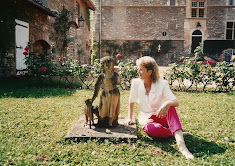1ª conjugación – AMAR
|
2ª conjugación – COMER
|
3ª conjugación – VIVIR
|
Yo am - aRa
Tú am - aras
Él am
- ara
Nosotros am
- áramos
Vosotros am - arais
Ellos am
- aran
|
Yo com
- ieRa
Tú com
- ieras
Él com - iera
Nosotros com - iéramos
Vosotros com - ierais
Ellos com - ieran
|
Yo viv - ieRa
Tú viv - ieras
Él viv - iera
Nosotros viv -
iéramos
Vosotros viv -
ierais
Ellos viv
- ieran
|
Yo am - aSe
Tú am - ases
Él am
- ase
Nosotros am
- ásemos
Vosotros am - aseis
Ellos am
- asen
|
Yo com - ieSe
Tú com
- ieses
Él com - iese
Nosotros com - iésemos
Vosotros com
- ieseis
Ellos com - iesen
|
Yo viv - ieSe
Tú viv - ieses
Él viv - iese
Nosotros viv -
iésemos
Vosotros viv -
ieseis
Ellos viv - iesen
|



No hay comentarios:
Publicar un comentario
Nota: solo los miembros de este blog pueden publicar comentarios.